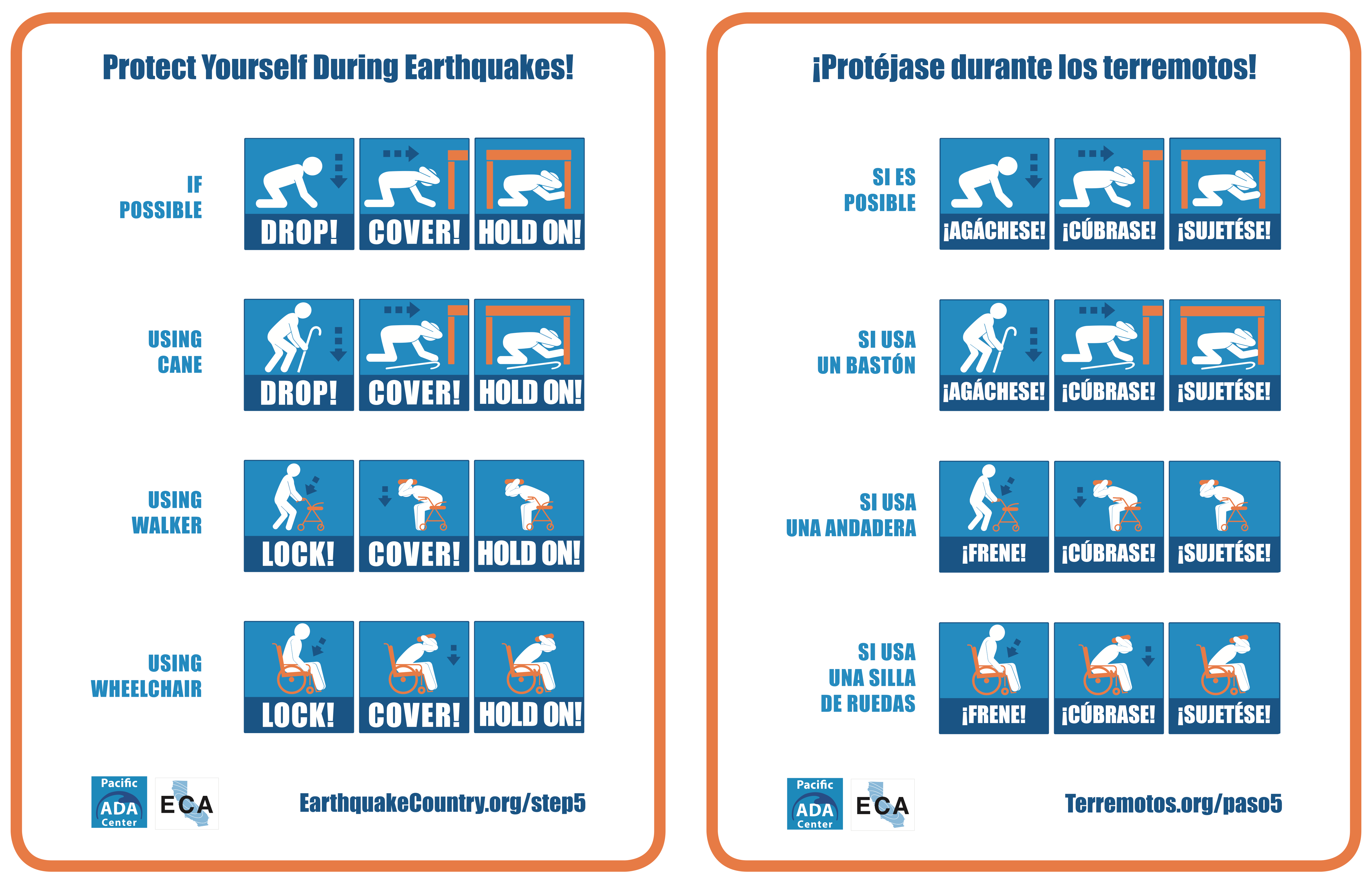Oregon is earthquake country. In 1993, western Oregon experienced two damaging earthquakes, Scotts Mills (magnitude 5.6) and Klamath Falls (magnitudes 5.9 and 6). The Scotts Mills "Spring Break Quake" affected thousands of people and caused nearly $30 million in damage. Molalla High School and the State Capitol building were severely damaged.
In addition to the historic record, prehistoric evidence for great subduction zone earthquakes, such as the
Cascadia Subduction Zone, and associated
tsunamis have been found in coastal wetlands along the Pacific Northwest coast. A
subduction zone earthquake has the potential to reach a magnitude of 9 or higher, can last up to five minutes, and will likely create a series of devastating tsunami waves along the coast.
Earthquakes can strike suddenly, without warning and at any time of the year. We need to prepare for earthquakes before they happen. By preparing now for future earthquakes, we can
take action to reduce the risks, stay safe and protect our homes, families and communities.
For information about the Geologic Hazards Program at OEM, contact:
Althea Rizzo, Geological Hazards Program Coordinator
503-378-3936
What To Do When The Earth Shakes:
 DROP where you are, onto your hands and knees. This position protects you from being knocked down and also allows you to stay low and crawl to a shelter nearby.
DROP where you are, onto your hands and knees. This position protects you from being knocked down and also allows you to stay low and crawl to a shelter nearby.
COVER your head and neck with one arm and hand.
-
If a sturdy table or desk is nearby, crawl underneath it for shelter.
-
If no shelter is nearby, crawl next to an interior wall (away from windows).
-
Stay on your knees; bend over to protect your vital organs.
HOLD ON until shaking stops.
-
Under shelter: hold on to it with one hand; be ready to move with your shelter if it shifts.
-
No shelter: hold on to your head and neck with both arms and hands.
OR ADAPT FOR YOUR SITUATION
If you have difficulty getting onto the ground or cannot get back up again without the help of a caregiver, follow these
recommendations:
-
If you are in a recliner or bed: Cover your head and neck with your arms or a pillow until the shaking stops.
-
If you use a cane: Drop, Cover, and Hold On or sit on a chair, bed, etc. and cover your head and neck with both hands. Keep your cane near you so it can be used when the shaking stops.
- If you use a walker or wheelchair:
LOCK your wheels (if applicable). If using a walker, carefully get as low as possible. Bend over and
COVER your head and neck with your arms, a book, or a pillow. Then
HOLD ON until the shaking stops.
IF YOU ARE NEAR THE OCEAN and feel a large earthquake, Drop, Cover, and Hold On until the shaking stops. Then walk inland and up to high ground. Do not wait for an official warning. A
tsunami could come ashore in a few minutes.
Stay Informed
Get prepared to be 2 Weeks Ready!
OEM encourages being prepared with enough food, water and supplies for a minimum of two weeks.
Helpful Links and Information
Preparedness Publications
Videos you can watch and share
Business preparedness
Businesses have a lot to plan for in order to recover from a natural disaster. This includes getting employees back to work, how to bring computer systems back online, how repairs to buildings will be made, and how inventory will be resupplied.
Homeowners
Earthquake preparedness and mitigation efforts, such as home seismic retrofitting.
Oregon Seismic Safety Policy Advisory Commission (OSSPAC)
OSSPAC was developed to promote earthquake awareness and preparedness through education, research, and legislation. You can find out more about the mission, history, and work of OSSPAC on our
OSSPAC page.